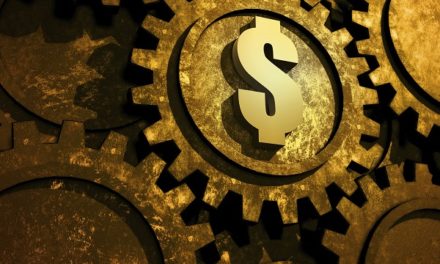
“When we own portions of outstanding businesses with outstanding managements, our favorite holding period is forever.”
— Warren Buffett
The Warren Buffett investment philosophy calls for a long-term investment horizon, where a twenty year holding period, or even longer, would fit right into the strategy. How would such a strategy have worked out for an investment into Best Buy Inc (NYSE: BBY)? Today, we examine the outcome of a twenty year investment into the stock back in 2004.
| Start date: | 12/06/2004 |
|
|||
| End date: | 12/03/2024 | ||||
| Start price/share: | $37.59 | ||||
| End price/share: | $88.97 | ||||
| Starting shares: | 266.03 | ||||
| Ending shares: | 445.19 | ||||
| Dividends reinvested/share: | $28.48 | ||||
| Total return: | 296.09% | ||||
| Average annual return: | 7.12% | ||||
| Starting investment: | $10,000.00 | ||||
| Ending investment: | $39,589.04 | ||||
As shown above, the twenty year investment result worked out well, with an annualized rate of return of 7.12%. This would have turned a $10K investment made 20 years ago into $39,589.04 today (as of 12/03/2024). On a total return basis, that’s a result of 296.09% (something to think about: how might BBY shares perform over the next 20 years?). [These numbers were computed with the Dividend Channel DRIP Returns Calculator.]
Dividends are always an important investment factor to consider, and Best Buy Inc has paid $28.48/share in dividends to shareholders over the past 20 years we looked at above. Many an investor will only invest in stocks that pay dividends, so this component of total return is always an important consideration. Automated reinvestment of dividends into additional shares of stock can be a great way for an investor to compound their returns. The above calculations are done with the assuption that dividends received over time are reinvested (the calcuations use the closing price on ex-date).
Based upon the most recent annualized dividend rate of 3.76/share, we calculate that BBY has a current yield of approximately 4.23%. Another interesting datapoint we can examine is ‘yield on cost’ — in other words, we can express the current annualized dividend of 3.76 against the original $37.59/share purchase price. This works out to a yield on cost of 11.25%.
One more piece of investment wisdom to leave you with:
“I learned early that there is nothing new in Wall Street. There can’t be because speculation is as old as the hills. Whatever happens in the stock market today has happened before and will happen again. I’ve never forgotten that.” — Jesse Livermore




